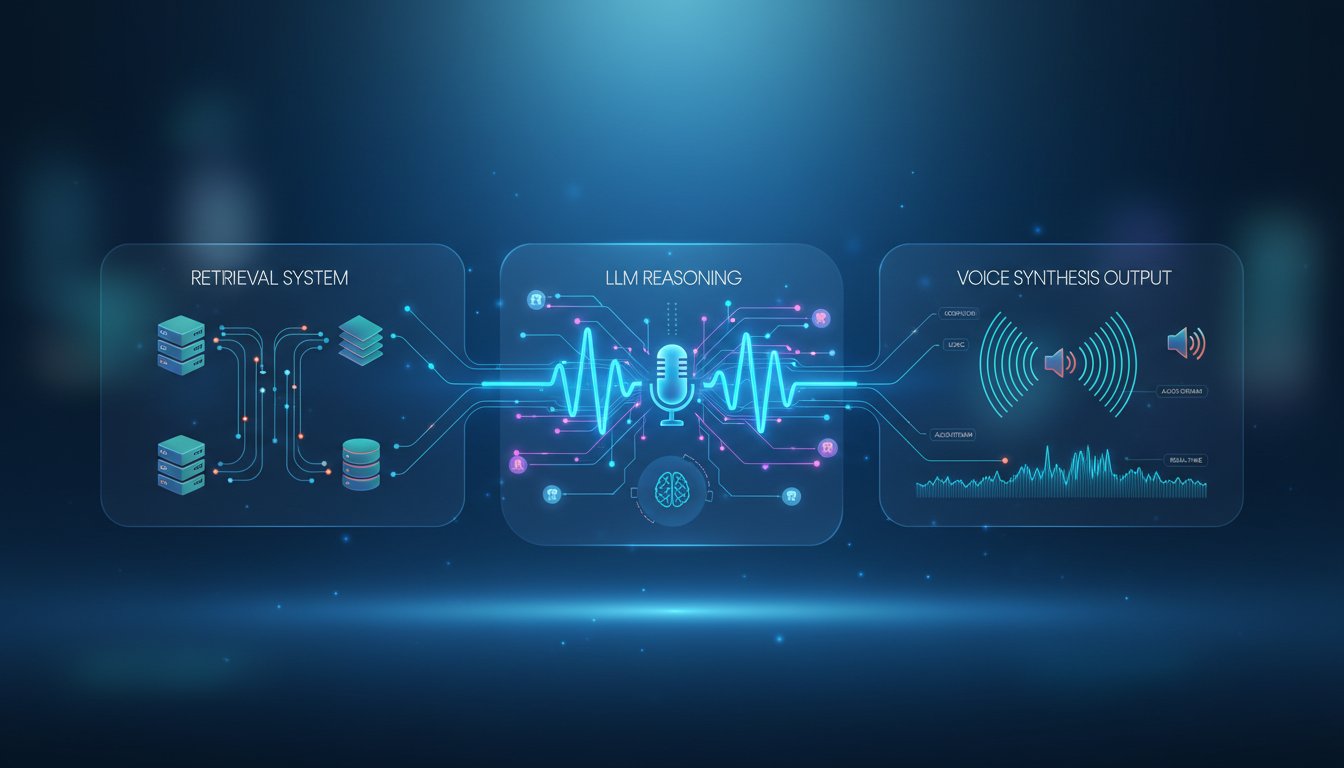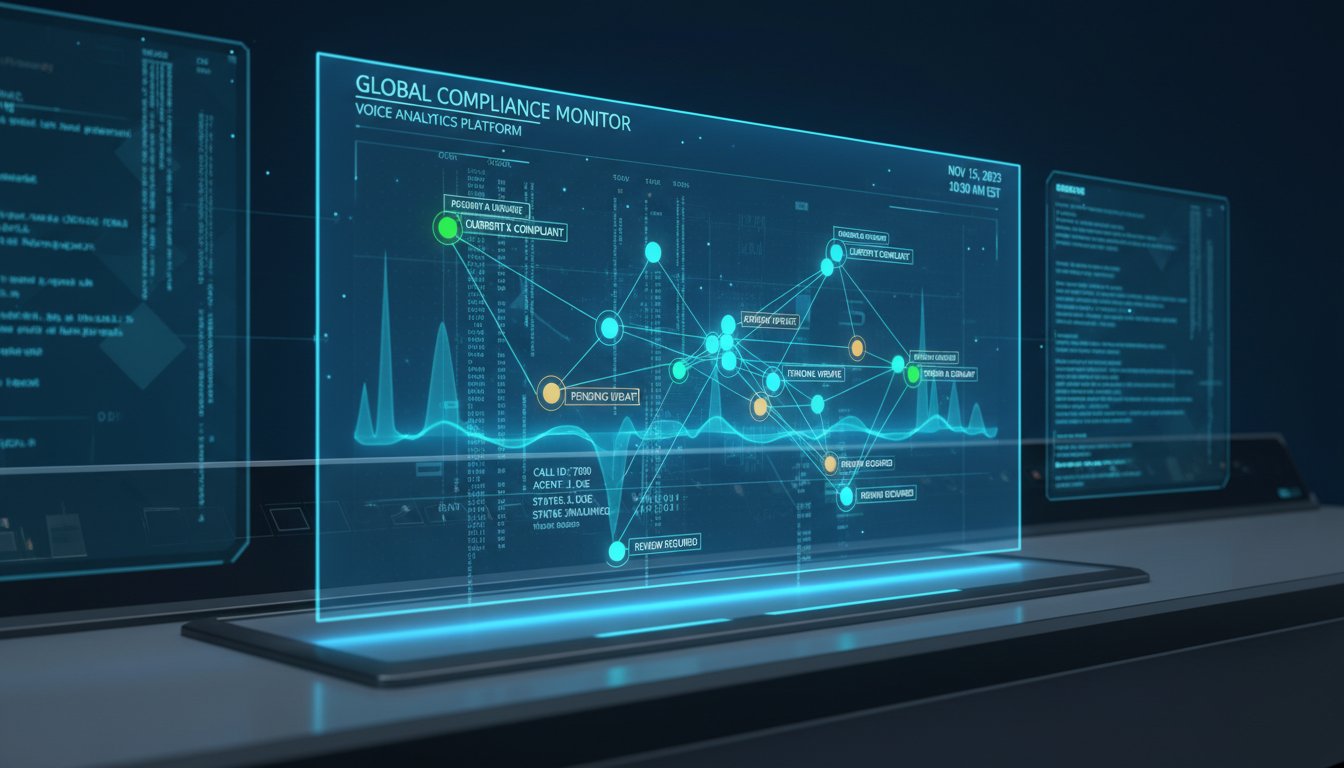Last month, a Fortune 500 CTO asked me a question that’s keeping enterprise leaders awake at night: “We just invested $2 million in our RAG infrastructure. Are we already behind?”
The answer isn’t what most organizations want to hear. While companies have been pouring resources into building sophisticated retrieval-augmented generation systems, the AI landscape has shifted beneath their feet. What seemed like cutting-edge technology in early 2024 is now showing its limitations, and three emerging paradigms are making traditional RAG architectures look increasingly obsolete.
This isn’t another “RAG is dead” hot take. It’s a technical analysis of why the enterprise AI stack is evolving beyond simple document retrieval, and what forward-thinking organizations are building instead. If your company has significant RAG investments, this post will help you understand the architectural decisions that separate future-ready AI systems from expensive technical debt.
By the end of this analysis, you’ll understand the three fundamental limitations killing traditional RAG, the emerging alternatives reshaping enterprise AI, and the specific technical strategies that can future-proof your AI investments before your competitors leave you behind.
The Infrastructure Reality Check: Why RAG Systems Don’t Scale
The problems with enterprise RAG systems aren’t theoretical—they’re showing up in production environments across every industry. After analyzing dozens of enterprise implementations, three critical failure patterns emerge consistently.
The Computational Burden No One Talks About
Traditional RAG systems require enormous infrastructure overhead that scales linearly with data volume. Every document must be processed through embedding models, stored in vector databases, and maintained with complex indexing systems. For enterprise organizations managing thousands of documents across multiple domains, this creates a computational nightmare.
Consider a typical enterprise scenario: a manufacturing company with technical manuals, safety protocols, customer support tickets, and regulatory documents. Traditional RAG requires separate embedding processes for each document type, multiple vector databases for different domains, and complex retrieval logic to maintain relevance across diverse content types.
The result? Infrastructure costs that spiral out of control as data volume increases, with diminishing returns on retrieval accuracy.
Domain Specificity: The Silent Killer of RAG Efficiency
Here’s where RAG’s limitations become enterprise-breaking: domain specificity. A RAG system trained on legal documents can’t effectively handle engineering specifications. Marketing content requires different embedding strategies than financial reports. Customer support tickets need different retrieval logic than product documentation.
Enterprise organizations end up building multiple RAG systems—each requiring dedicated infrastructure, maintenance, and expertise. What started as a unified AI strategy becomes a collection of isolated, expensive systems that can’t share insights or leverage cross-domain intelligence.
This architectural fragmentation isn’t just inefficient—it’s strategically dangerous. While your organization maintains separate RAG systems for different departments, competitors are building unified AI platforms that can reason across all enterprise data simultaneously.
The Real-Time Data Problem
Traditional RAG systems struggle with dynamic data environments. Every time enterprise data changes—new documents, updated policies, modified procedures—the entire embedding and indexing process must repeat. For organizations with rapidly changing information landscapes, this creates a perpetual lag between reality and what the AI system knows.
Financial services companies face this challenge daily. Market conditions change hourly, regulatory updates arrive weekly, and customer data evolves continuously. Traditional RAG systems can’t maintain real-time accuracy without massive computational overhead, creating a fundamental mismatch between business needs and technical capabilities.
Beyond RAG: The Three Paradigms Reshaping Enterprise AI
While enterprises struggle with RAG limitations, three technological approaches are emerging that solve these fundamental problems through architectural innovation rather than incremental improvements.
Agentic AI: Direct Data Source Connection
The most significant shift involves moving from static document retrieval to dynamic data source connection. Instead of storing embedded documents in vector databases, agentic AI systems connect directly to live data sources through specialized tools and APIs.
This architectural change eliminates the storage redundancy that makes RAG systems expensive and slow. When a user asks about current inventory levels, the AI agent queries the inventory management system directly. When they need customer support insights, the agent accesses the support platform in real-time.
Frameworks like LangChain and LlamaIndex now support sophisticated agent architectures with multi-agent orchestration. A supervisor agent can delegate tasks to specialized agents—one for financial data, another for customer information, a third for technical documentation—each connecting to appropriate data sources without redundant storage or complex embedding processes.
This approach scales infinitely because computational requirements don’t increase with data volume. Adding new data sources requires new agent tools, not new infrastructure to process and store embedded documents.
Document Intelligence: Query, Don’t Retrieve
Snowflake’s recent release of Snowflake Intelligence represents another paradigm shift: treating documents as queryable data sources rather than retrievable objects. Instead of embedding documents into vector databases for semantic search, this approach transforms documents into structured, queryable entities within unified data platforms.
The technical implications are profound. Traditional RAG systems excel at finding relevant documents but struggle with analytical queries across large document collections. Document intelligence platforms can execute complex aggregations—”What are the top product issues across 10,000 support tickets, broken down by customer segment?”—in seconds rather than requiring manual document review.
This shift enables SQL-like operations on unstructured data, joining document insights with transactional, customer, and operational data within the same governed platform. The result is analytical capabilities that traditional RAG simply cannot match, regardless of infrastructure investment.
Multimodal Integration: Beyond Text-Only Systems
The third paradigm involves true multimodal AI systems that process text, images, video, and audio within unified architectures. Recent releases like OpenAI’s Sora 2 demonstrate AI capabilities that extend far beyond document retrieval into comprehensive content understanding and generation.
For enterprise applications, this means AI systems that can analyze technical diagrams, process video training materials, understand audio recordings from customer calls, and synthesize insights across all content types simultaneously. Traditional RAG systems, designed primarily for text documents, cannot adapt to these multimodal requirements without fundamental architectural changes.
Enterprise organizations implementing multimodal AI report dramatic improvements in use cases that span multiple content types: equipment maintenance procedures that combine text instructions with diagnostic images, training programs that integrate video content with written assessments, and customer service systems that analyze call recordings alongside support tickets.
The Enterprise Implementation Strategy: Building Future-Ready AI
For organizations with existing RAG investments, the question isn’t whether to abandon current systems but how to evolve toward more capable architectures without disrupting operations.
Assessment Framework: RAG vs. Next-Generation Systems
Start with an honest assessment of your current RAG system’s limitations. Map specific use cases where traditional RAG fails:
- Cross-domain queries that require insights from multiple document types
- Real-time data needs that outpace embedding update cycles
- Analytical operations beyond simple document retrieval
- Integration requirements with live business systems
For each limitation, evaluate whether incremental RAG improvements can address the problem or whether architectural changes are necessary.
Migration Strategy: Parallel Implementation
The most successful enterprise transitions implement next-generation systems in parallel with existing RAG infrastructure. Choose high-value use cases where agentic AI or document intelligence provides clear advantages, implement pilot programs, and gradually expand successful patterns.
This approach allows organizations to validate new architectures without risking current operations while building internal expertise in advanced AI system design.
Technical Architecture: Hybrid Approaches
Many enterprise environments benefit from hybrid architectures that combine traditional RAG for stable document collections with agentic AI for dynamic data sources and document intelligence for analytical operations.
The key is designing integration points that allow different AI approaches to work together rather than competing for the same use cases. A unified API layer can route queries to appropriate AI systems based on query type, data requirements, and performance needs.
This isn’t about choosing a single AI architecture—it’s about building flexible platforms that can incorporate the best approach for each specific enterprise need.
The Strategic Reality: Why Timing Matters
The enterprise AI landscape is moving faster than most organizations realize. While companies debate incremental RAG improvements, competitors are implementing agentic AI systems that provide fundamentally superior capabilities. The organizations that recognize this shift early will build sustainable competitive advantages. Those that don’t will find themselves managing expensive legacy systems while competitors leverage more capable AI platforms.
The evidence is clear: traditional RAG systems are becoming architectural constraints rather than competitive advantages. Agentic AI, document intelligence, and multimodal integration represent the next generation of enterprise AI—more capable, more efficient, and more aligned with real business needs.
Your organization’s AI strategy shouldn’t be about optimizing yesterday’s architecture. It should be about building tomorrow’s competitive advantages. The companies that understand this distinction will lead their industries. The ones that don’t will spend the next decade trying to catch up.
Ready to evaluate where your AI infrastructure stands in this rapidly evolving landscape? Start by auditing your current RAG limitations and identifying the specific use cases where next-generation approaches could provide immediate business value. The future of enterprise AI isn’t waiting for anyone to catch up.




